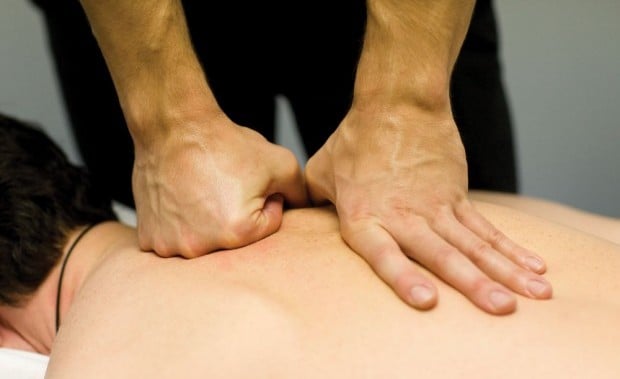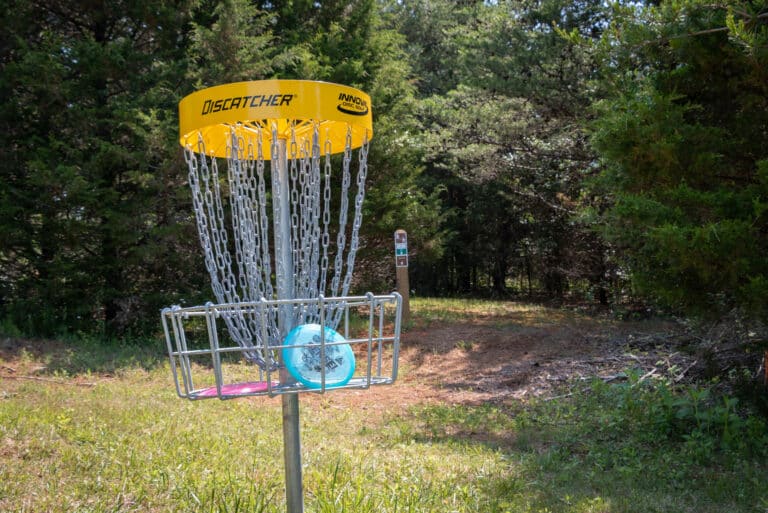Elite athletes have relied on massage for decades, but recently the benefits of sports massage have been discovered by the masses. A specialized form of deep tissue massage, sports massage is tailored specifically to the muscles and tissues of particular activities.
“There’s always an element of imbalance in our bodies, and sports can magnify those asymmetries,” says Tavis Cummings, owner of Omnium Bodyworks in Asheville, N.C. Cummings works with elite and everyday cyclists, runners, paddlers, and climbers, helping them to recover faster from workouts and avoid injuries. He identifies and releases areas of tension and imbalance during the massage, and afterward he makes recommendations for workout sessions to help athletes achieve their specific goals. Cummings suggests that athletes view a sports massage as a workout, with at least 24 hours of recovery time afterward.
What exactly does sports massage do? It improves blood flow to certain areas, says Cummings, helping to flush out lactic acid and stimulate the formation of healthy new cells. Applications of pressure and kneading also help alleviate pain and release areas of tension in overworked muscle groups.
The ancient Greeks used bodywork techniques to prepare athletes for battle, but it was the Soviets who brought sports massage to elite athletics in the 1960s. These days, athletes preparing for competition are increasingly using massage as part of their training and recovery. But even non-athletes use sports massage to increase flexibility, remove scar tissue, and reduce stress. As a result, demand for licensed massage therapists is expected to rise almost 20 percent by 2018, according to the U.S. Department of Labor.
“More insurance companies are covering sports massage therapy,” says Bettina Freese, a massage therapist and instructor at the Asheville School of Massage and Yoga. Sessions typically range from $50 to $90. While sports massage is not fully covered by some plans (patients must pay out of pocket and then submit receipts for reimbursement), Freese sees a growing number of clients who use Health Savings Accounts to cover sessions.
Mark Daughtridge, an I.T. manager and avid rock climber, began sports massage therapy after an injury.
“At first the massages were deep tissue, lingering painfully on tight spots. They released lots of trapped waste and toxins in the muscles,” Daughtridge says. “It definitely helped speed up my recovery time.” He subsequently noticed an improvement in his performance.
Although sports massage can help with injury recovery, routine massage sessions are recommended for those who want to avoid injuries in the first place.
“Sports massage is essentially an investment in long-term health and a way to limit the expenses of serious injury,” says Freese. There may be some up-front costs, but ultimately, sports massage leads to better performances, faster recoveries, and improved overall health—benefits that athletes of all levels can appreciate.







